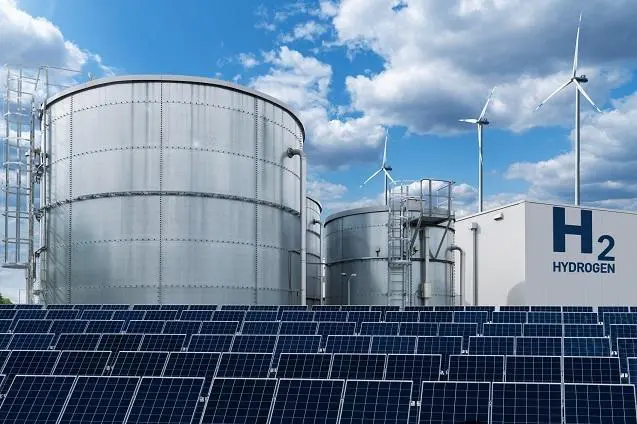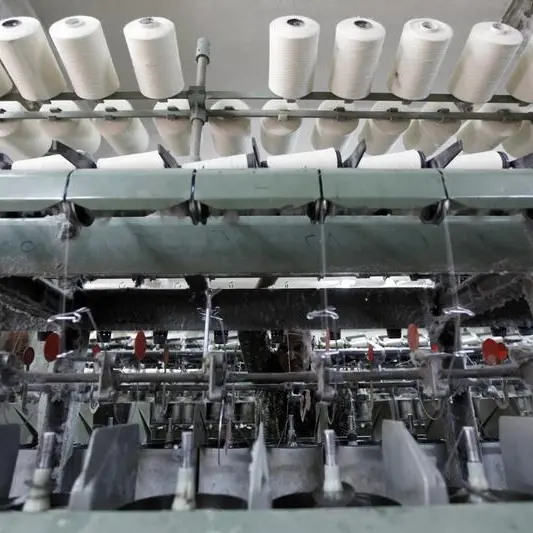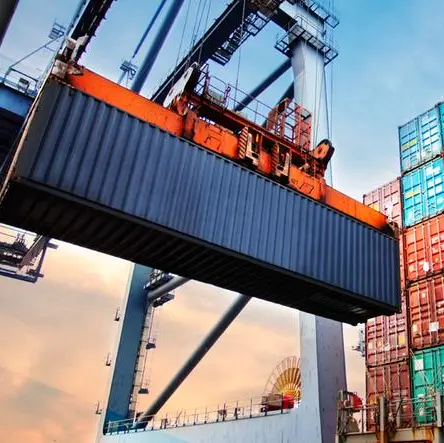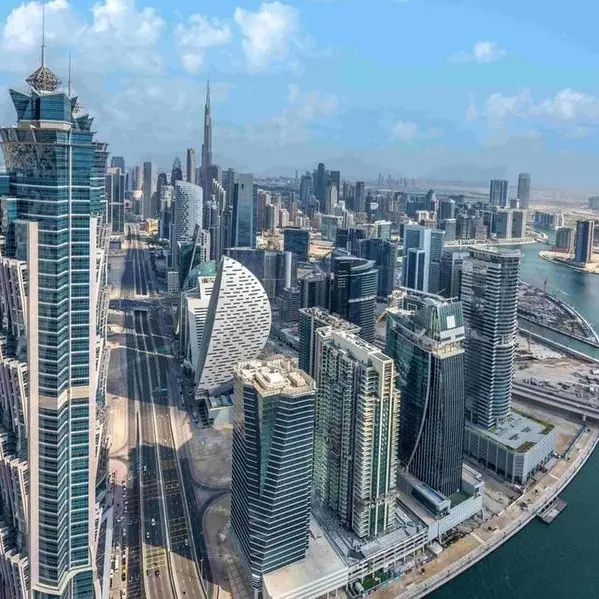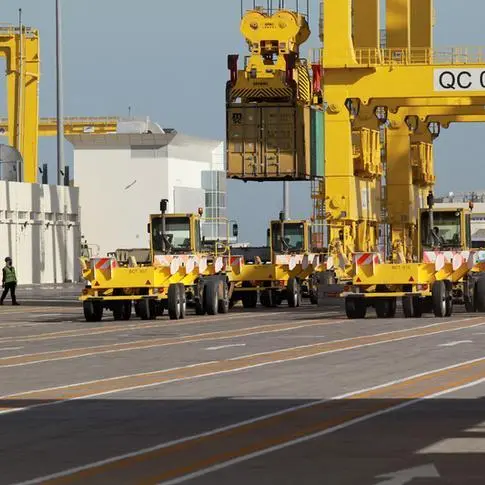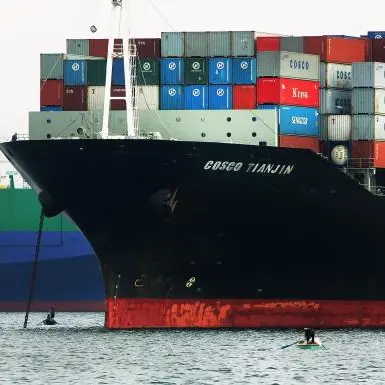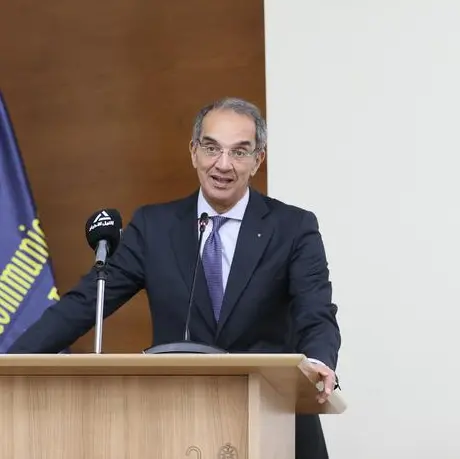PHOTO
Oman will be the largest hydrogen exporter in the Middle East and the sixth largest globally by 2030, as per a new report released by the International Energy Agency (IEA) named Renewable Hydrogen from Oman: A Producer Economy in Transition.
Oman aims to produce at least 1 million tonnes of renewable hydrogen a year by 2030, up to 3.75 million tonnes by 2040 – and up to 8.5 million tonnes by 2050, which would be greater than total hydrogen demand in Europe today. The 2040 hydrogen target would represent 80 percent of Oman’s current LNG exports in energy-equivalent terms, while achieving the 2050 target would almost double them.
Scaling up production of renewable hydrogen in Oman to 1 million tonnes by 2030 would require cumulative investment of around $33 billion and an additional $4 billion would be required to bring renewables’ share of the national electricity mix to 20 percent, the report says.
Oman’s ammonia export capacity would need to increase 20 to 30 times and around 50 terrawatt-hours of electricity – greater than the entire country’s current power capacity – would be needed by 2030 to meet its hydrogen goals.
So far, 1,500 square kilometres of land has been put aside for development by 2030 – and up to 40 times more land has been identified for potential production in the long term. Six projects have already been allocated land for renewable hydrogen in the country’s first such auction process.
The IEA report’s analysis indicates that Oman can cost-effectively achieve its targets of renewables reaching 20 percent of the country’s electricity mix by 2030 – and 39 percent by 2040.
Achieving its targets and using one-third of renewable hydrogen for domestic uses would significantly contribute to Oman’s clean energy transition. The benefits would include reducing domestic use of natural gas by 3 billion cubic metres a year and avoiding 7 million tonnes of carbon dioxide emissions, the report says.
Today, oil and gas represent around 60 percent of Oman’s export income, and domestic natural gas accounts for over 95 percent of the country’s electricity generation.
(Writing by Sowmya Sundar; Editing by Anoop Menon)
(anoop.menon@lseg.com)
